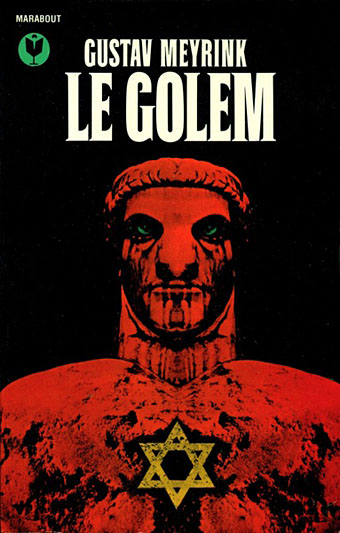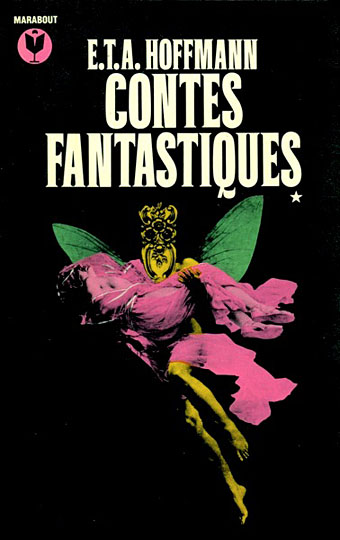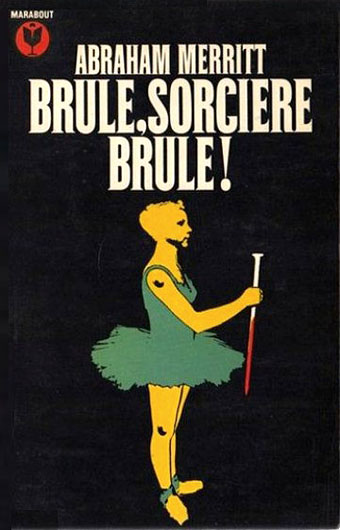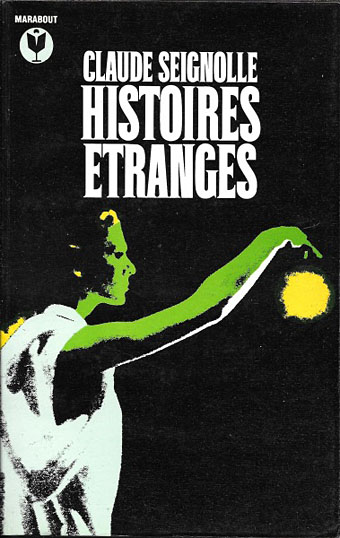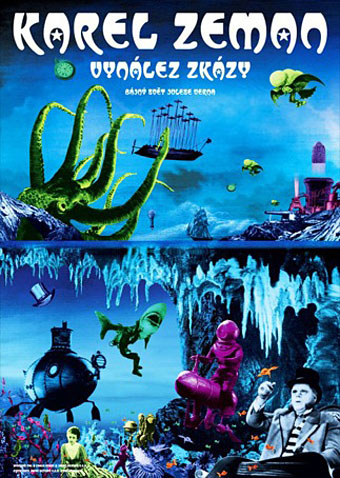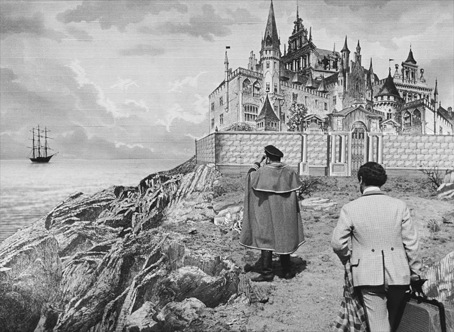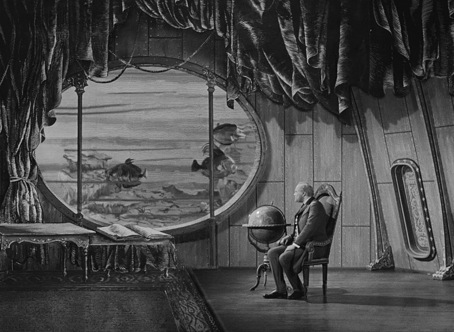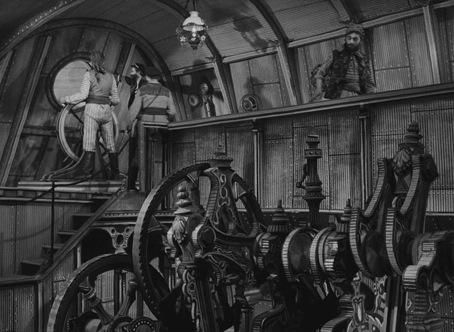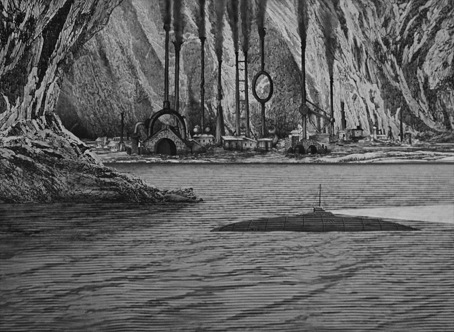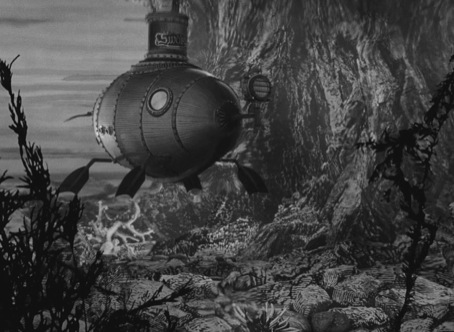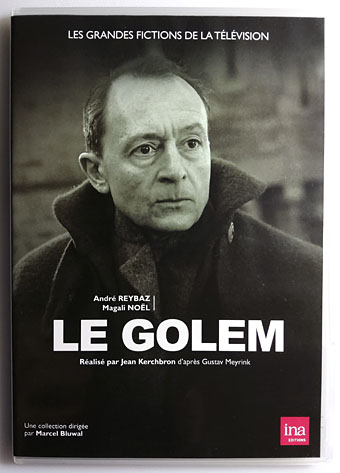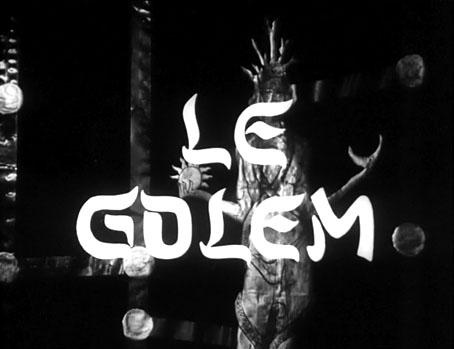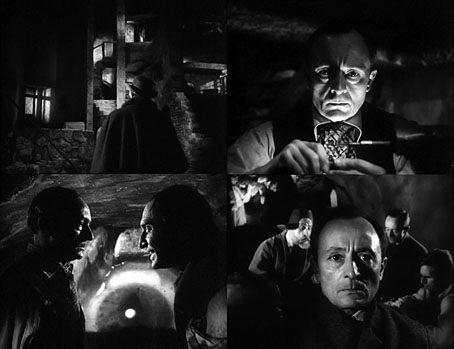There are many documentary films about the city of Prague but Magic Lantern is the only one written and presented by playwright Michael Frayn. Very good it is too, a personal view of the city’s political and cultural history which takes in the usual names and subjects: Rabbi Loew and his Golem, Emperor Rudolf II, Rudolf’s alchemists, artists and scholars, photographer Josef Sudek, the ubiquitous Franz Kafka, puppets, automata, and so on. While Frayn discusses the Communist and post-Communist periods there’s a brief clip of Jan Svankmajer’s The Death of Stalinism in Bohemia.
Frayn’s film was directed by Dennis Marks, and broadcast in 1993 as part of the BBC’s long-running Omnibus strand. (There’s a further Svankmajer connection in the person of executive producer Keith Griffiths whose Koninck company produced this film at a time when they were also helping Svankmajer make his features.) Magic Lantern wasn’t the only film that Marks and Frayn made together, and not their first metropolitan essay either. Imagine a City Called Berlin (1974) is a portrait of the former capital of Germany during its Cold War isolation; there’s also The Mask of Gold: A Film about Vienna (1977), and Jerusalem: A Personal History (1984), all of which may be seen at The Dennis Marks Archive. My complaints about YouTube are copious enough to paper the walls of the Hradcany, but the site is at its best when it provides this kind of haven for television history that would be impossible to find elsewhere.
Previously on { feuilleton }
• Le Golem, 1967
• Gustav Meyink’s Prague
• Stone Glory, a film by Jirí Lehovec
• The Face of Prague
• Josef Sudek
• Liska’s Golem
• Das Haus zur letzten Latern
• Hugo Steiner-Prag’s Golem
• Karel Plicka’s views of Prague



